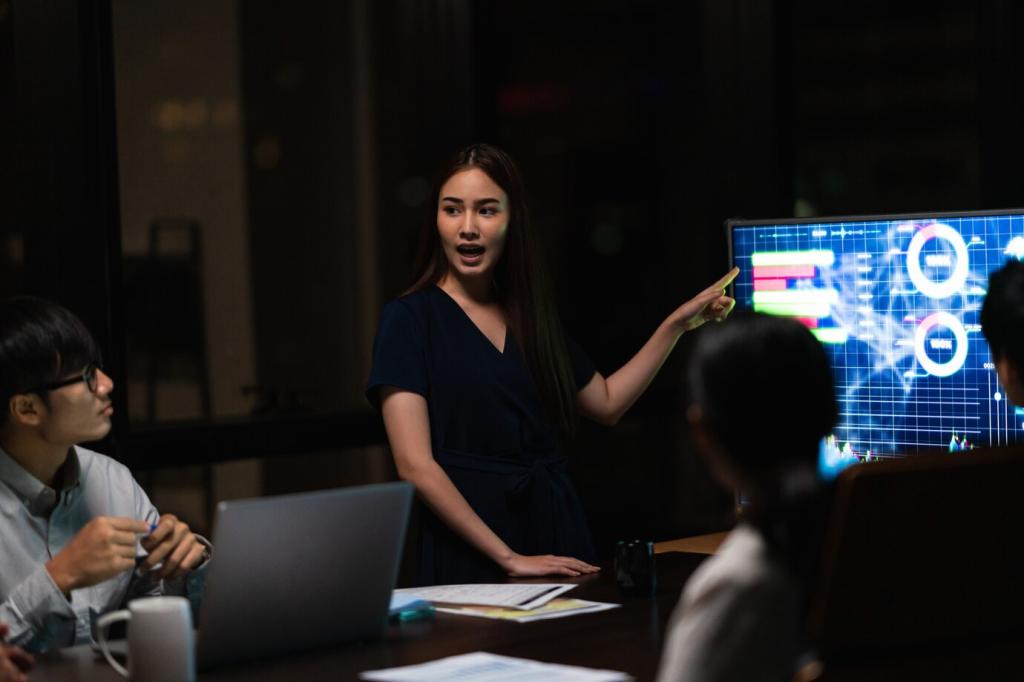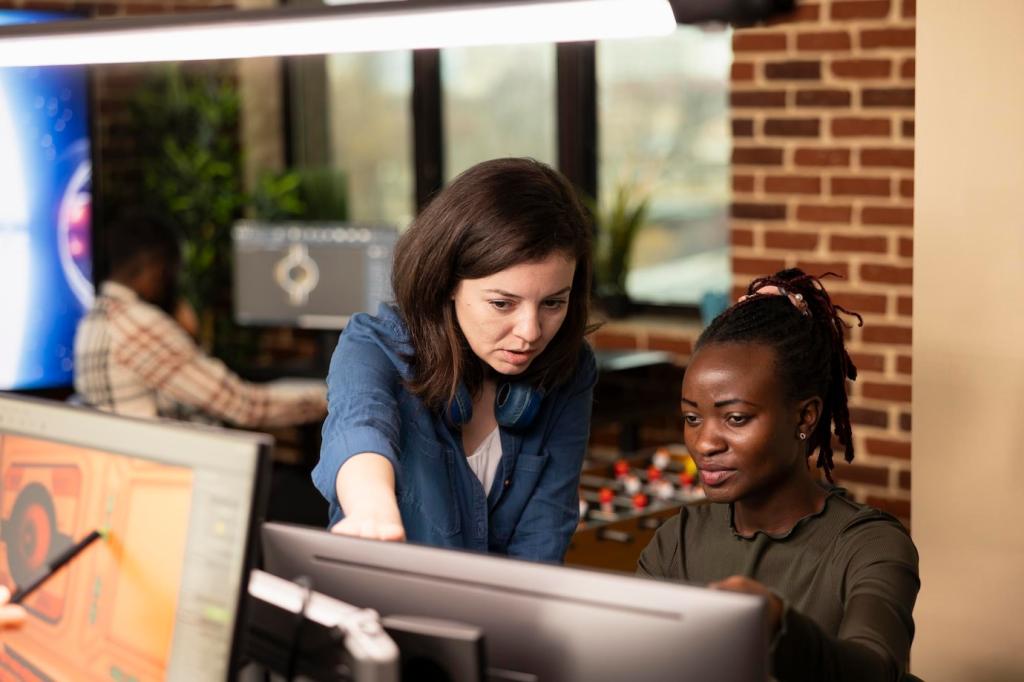This website uses cookies so that we can provide you with the best user experience possible. Cookie information is stored in your browser and performs functions such as recognising you when you return to our website and helping our team to understand which sections of the website you find most interesting and useful.
Unlocking the full potential of digital illustration requires more than basic brush skills and color theory. Artists who wish to elevate their work must embrace advanced techniques that harness the capabilities of modern software, refine their creative processes, and develop a professional approach to their digital canvas. This comprehensive guide delves into sophisticated methods that help illustrators break through creative ceilings, optimize workflows, and achieve results that compete in today’s fast-evolving digital art landscape. Whether you are a seasoned professional seeking innovative inspiration or a dedicated hobbyist eager to broaden your skill set, these advanced digital illustration techniques provide the knowledge and insights necessary to craft stunning artwork with confidence.

Crafting Custom Brush Sets

Building and Applying Seamless Textures


